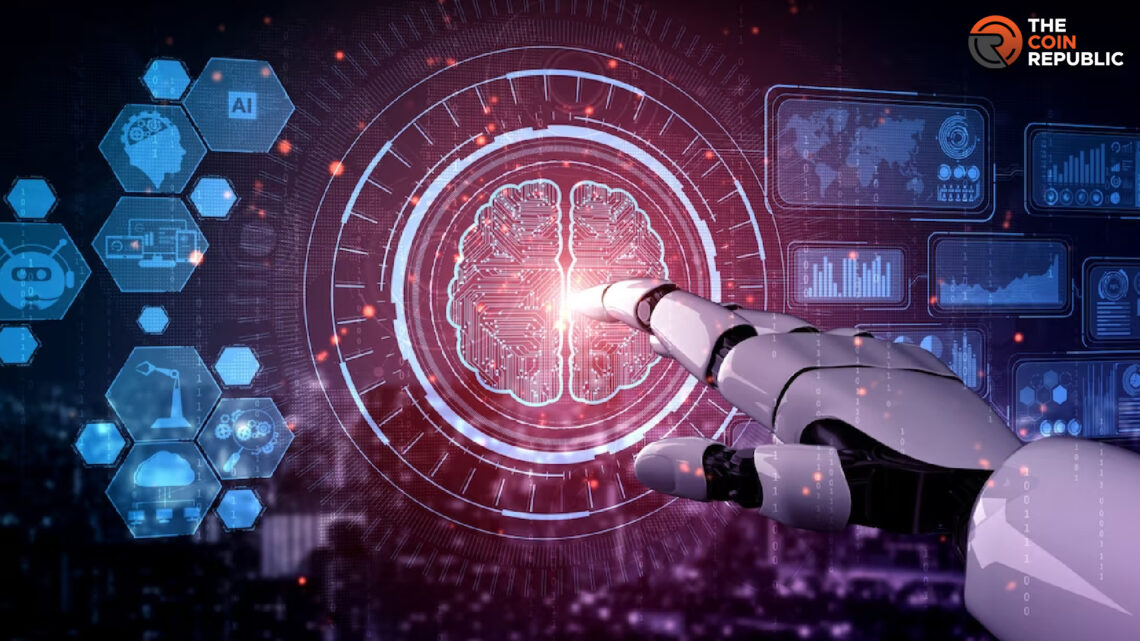- 1 We will be discussing the new version of the World Wide Web (Web3). We will gain a deep understanding of how it has revolutionized Web technology.
- 2 Machine learning is a new technology that came with Web 3. In this article, we will take a look at Web 3.0’s effectiveness.
Advancement in Web 3.0 technology is going on every single day. We are going to learn how machine learning technology is improving Web 3.0 technology. And how exactly is data privacy-enhanced in Web 3.0? All this will be discussed below.
Understanding Web 3.0
Web 3.0 is the new version of the internet that has shifted from Web 1.0 to Web 2.0 and now to the latest phase of the internet, Web 3.0. This idea is created with diverse knowledge, where users’ privacy is maintained at its core. The new phase is decentralized, meaning nobody has authority over it. The remarkable development does not stop there; unlike Web 2.0, Web 3.0 applications are meant to run on a decentralized P2P ecosystem and blockchain, or they can run on both networks. This development will bring more openness and user privacy; moreover, the applications on Web 3.0 are more advanced since they focus on eliminating intermediaries. Therefore, by constructing a decentralized framework, they ensure a higher degree of security and interaction.
Among the encouraging technologies that come with Web 3.0 are Machine Learning (ML) and Data Privacy. In this article, we will be discussing these technologies in detail, including how this advancement has created a positive impact on Web 3.0 and how these technologies are propelling Web 3.0 into the cryptocurrency world.
Role of Machine Learning In Web 3.0
As discussed before, Web 3.0 uses Machine learning technology for a better environment for Web 3.0 users, but what is Machine learning in Web 3.0 and what role does it play? Machine learning is distinguished as a subset of Artificial Intelligence (AI) that uses the internet to learn information and use the information to enhance its performance from time to time. Machine learning uses algorithms and data to improve the use of its decentralized framework and the data it provides to make wise decisions and predictions. We all want a better user experience when using a website, right? Machine learning in Web 3.0 has made this dream come true.
By using machine learning, developers use the AI algorithm to determine whether this has been achieved. They track the number of interactions when using the application; by doing this, they will be able to improve the user experience for its users. Machine learning improves security and privacy in Web 3.0; it accomplishes this by employing the AI algorithm. The AI enables your website to acknowledge vulnerabilities; it, therefore, analyzes this and gives your website this information. Machine learning technology can fight denial-of-service attacks (DDOs) or phishing and ensure a secured Web 3.0 platform.
Moreover, ML has come up with solutions concerning search results. For instance, better services are provided with a click from your computer. The ML provides details that entail what the company offers and how accurate the service is. In Web 3.0, machine learning will provide the exact details that users want. Overall, we can attest to the importance of Machine learning and how it has improved web 3.0 technology, from user experience to data privacy to accurate search results.
Data Privacy in Web 3.0
In the 21st century, privacy is everything. But the internet has made everything public, especially websites. We have all experienced how various websites have collected our data, stored it, and later used it, which is so irritating, by the way. For instance, how many of us have given Google our information? We have all done this, knowingly or not, and the data is then used without our consent. Thanks to Web 3.0, privacy is a top priority. The core goal of Phase 3 of the World Wide Web was privacy. It was developed to give users the power to control their data, which guarantees privacy and security in Web 3.0.
Its revolution enabled technology to eliminate the need for third parties and intermediaries.
We can all acknowledge that Web 3.0 brought the most privacy, especially when it eliminated intermediaries. For instance, transactions and exchanges do not require third parties for them to happen; users interact directly nowadays. For instance, blockchain is a decentralized system that is not owned by anybody; therefore, the use of Web 3.0 in blockchain makes certain that interaction remains decentralized, ensuring better privacy. The user’s personal information is also safeguarded since the blockchain limits the people who can acquire your data since it authorizes users to verify their identities themselves.
In Traditional institutions, data was not owned or controlled by users; instead, it was the other way around. Institutions owned your information and had full control over it. With the coming of Web 3.0, users have the privilege to own and control their information. Users are now able to control their information and who can use it. Before the introduction of Web 3.0, game developers had full control of their NFT game assets.
In Web 2.0, gamers were controlled, and if they were not playing the games, they would lose the value of the game. In Web 3.0 games, NFT gamers can decide when to play asset games since they have full ownership of these assets, and not even the game developers can tell them what to do. If gamers in NFT games are bored with playing the games, they can sell their assets on the open market.
Conclusion
Web 3.0 has created privacy that has not been implemented since before. With the creation of privacy features, Web 3.0 will provide a more convenient environment for its users.
Steve Anderson is an Australian crypto enthusiast. He is a specialist in management and trading for over 5 years. Steve has worked as a crypto trader, he loves learning about decentralisation, understanding the true potential of the blockchain.


 Home
Home News
News










